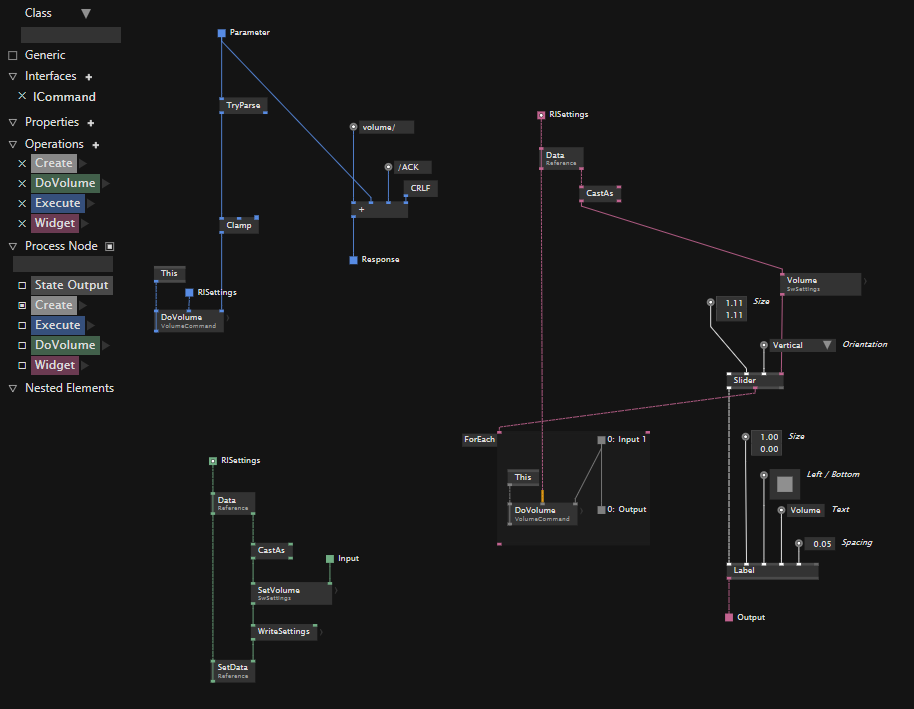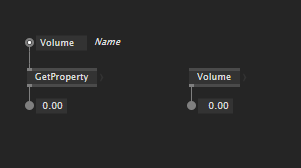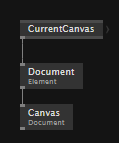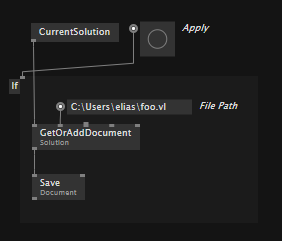A general question, before i deepdive into the topic…
Let’s have a look at this class first:
We see a class with 2 Operations, Execute() and Widget(). DoVolume() is also an operation but it is only used inside this class 2 times.
What i want to achieve is having a node factory that produces nodes like this one. In this case, the description for creating the node would be:
- name=“volume”
- type=float
with this information i think i can build everything and with somewhat different info, other nodes can be produced.
think of another description that is name=“enabled” and type=toggle. That should produce a similar node but the widget wouldn’t be a slider but a toggle and the string in the Execute operation would be “enabled” instead of “volume”
in the end, i imagine having several descriptions producing several of such classes.
additionally to that, i want to create a Record from those descriptions, that could then look like:

so, again, here i would take the descriptions and generate according fields and operations with the according types from the descriptions: volume is a float, debug and reset are bools in this example.
Extra quest:
as you can see in the record, there’s an operation called SetVolume. This operation is used in the class from above in the DoVolume operation.
Well, there isn’t an explicit question about details, but i want to know if that all seems feasible and if there are certain things one has to keep an eye on?
I read the code provided by VL.RunwayML and Elias’ explanation, then did some first steps with it and that all looks clear and clean. The only thing is the Fragmented thing, which I believe I would need in my use case since I want to add several operations and not just one update operation and I want to use the operations as separate nodes later on… Is that correct?




